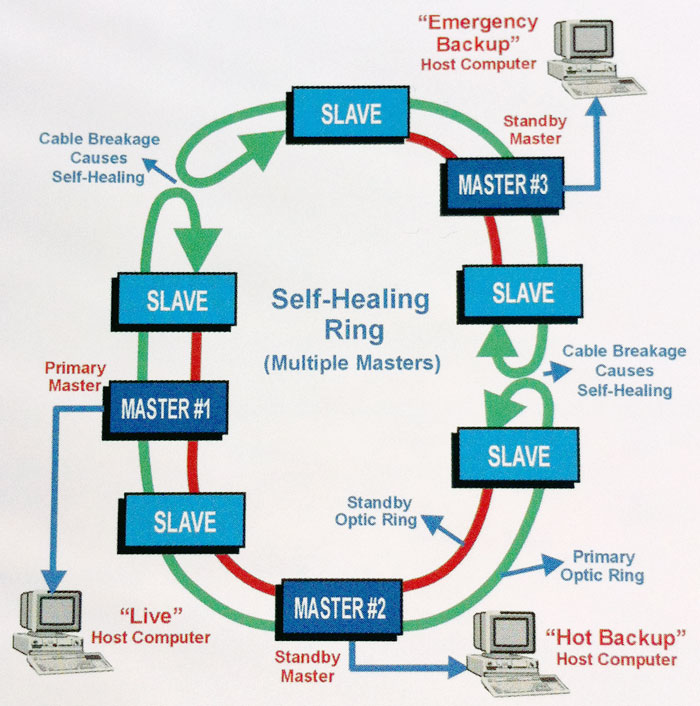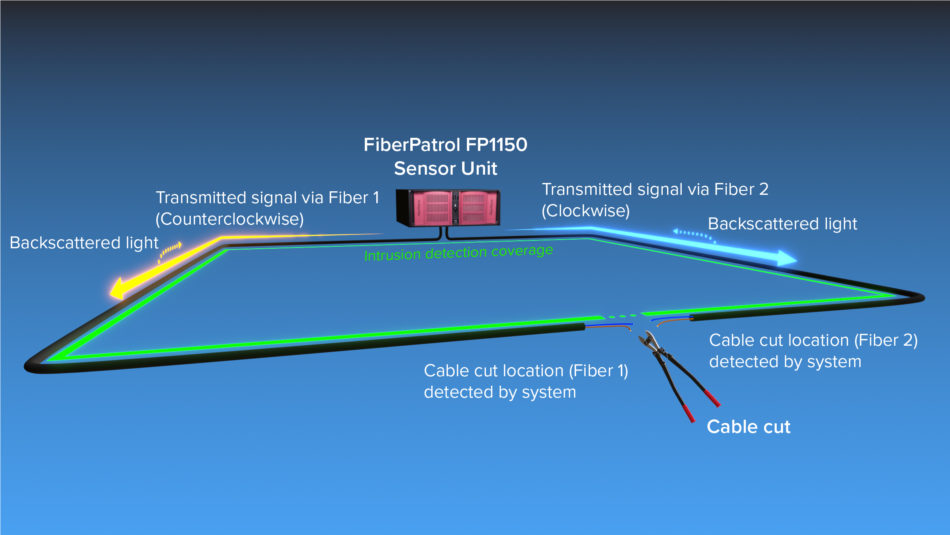How to Integrate a Fiber Optic Security System into Existing Security Setup for Enhanced Performance
Why Fiber Optic Protection Solutions Are the Future of Defense
The change to fiber optic security systems notes a considerable innovation in the world of security, driven by their remarkable data transmission capacities and durability to external interferences. As the landscape of protection evolves along with arising technologies such as AI and IoT, the capacity for fiber optics to improve and redefine safety and security frameworks ends up being increasingly evident.
Advantages of Fiber Optic Systems
One of the main advantages of fiber optic systems is their exceptional data transfer capability, which facilitates the transmission of huge quantities of information over lengthy distances without substantial loss. This particular is specifically useful for safety applications that require the continuous surveillance and transfer of high-def video feeds, sensor information, and other important information. Fiber optics can suit the expanding needs of contemporary security systems, making certain that information remains undamaged and dependable.
In addition, fiber optic wires are less prone to electromagnetic interference, which can be a considerable problem in environments with various electronic tools. This resistance improves the honesty of the data being sent, thus lessening the threat of data violations or system failings. Moreover, fiber optic systems are naturally a lot more safe and secure than standard copper cables, as using a fiber optic line without detection is exceedingly challenging.
The resilience of fiber optic cable televisions likewise adds to their appeal. They are resistant to ecological aspects such as dampness and temperature level fluctuations, decreasing upkeep expenses and increasing system durability. Overall, these advantages position fiber optic systems as a durable and effective option for contemporary safety facilities, making certain dependable and secure data transmission.
Improved Data Transmission Rate

The capability to transfer substantial quantities of information promptly helps with the smooth integration of high-definition video clip feeds and advanced analytics. Safety and security systems can now process and assess info in real-time, boosting action times and situational awareness. Furthermore, fiber optic connections sustain longer transmission ranges without deterioration of signal top quality, making them excellent for extensive safety and security networks.
The raised rate of fiber optic systems not only enhances the efficiency of safety and security operations but also minimizes latency. This is particularly essential in vital circumstances where timely decision-making can avoid safety and security breaches or alleviate prospective risks. As organizations remain to prioritize safety and security and efficiency, the need for rapid and dependable data transmission will certainly solidify fiber you could try this out optic systems as a foundation of contemporary safety infrastructure.
Resistance to Interference
Fiber optic protection systems constantly demonstrate outstanding resistance to electromagnetic interference, an essential benefit in environments susceptible to electronic noise. Unlike typical copper wires, which can be negatively impacted by electromagnetic areas, radio frequency disturbance, and various other forms of electric disturbance, fiber optic cords use light to transmit information. This fundamental home ensures that the signals continue to be clear and unchanged, no matter surrounding digital activity.
Using glass or plastic fibers in fiber optic technology develops an obstacle against disturbance, allowing for trusted data transmission also in challenging scenarios such as commercial facilities, city areas with high digital website traffic, or places near radio towers. This particular dramatically minimizes the likelihood of signal deterioration or loss, making fiber optic systems specifically suitable for safety applications where integrity and precision of data are critical.
In addition, this resistance to interference enhances the general efficiency and reliability of security systems, guaranteeing that surveillance and alert systems work seamlessly. In a world where safety is significantly threatened by sophisticated technologies, the durability of fiber optic systems attracts attention as a critical function, strengthening their condition as a vital element of modern safety and security facilities.
Cost-Effectiveness Gradually
Considerable price financial savings can be accomplished in time with the application of fiber have a peek at this website optic safety systems. While the preliminary financial investment might appear greater contrasted to typical copper-based systems, the lasting economic advantages emerge through minimized functional and maintenance prices (fiber security). Fiber optic cables are naturally more resilient and less susceptible to environmental variables, which converts to decrease substitute and repair work costs over their life-span
Furthermore, fiber optic systems call for much less power to run, which even more lowers energy prices. Enhanced data transmission abilities enable less repeaters and amplifiers, decreasing tools financial investment and improving installment procedures. The scalability of these systems likewise contributes to cost-effectiveness, as companies can expand their safety and security facilities without sustaining substantial additional expenditures.
An additional aspect to consider is the increased performance in tracking and action abilities that fiber optics give. Improved real-time data transmission can result in quicker case action times, potentially mitigating losses and obligations related to safety violations. In sum, the lasting advantages of fiber optic safety systems not only validate the first expenditure yet also position them as a monetarily prudent option for companies seeking robust protection remedies.

Future Technologies in Safety
Advancing technologies are readied to revolutionize protection systems, integrating fabricated knowledge (AI) and artificial intelligence to improve threat discovery and response abilities. These developments will certainly allow safety and security systems to analyze vast amounts of data in real-time, recognizing patterns and abnormalities that you can find out more show potential risks. This proactive strategy will allow much faster decision-making and extra effective incident reactions.
Furthermore, the unification of the Internet of Things (IoT) is leading the method for interconnected security devices, offering thorough surveillance and surveillance. Smart sensing units can pass on information about ecological modifications, while automated notifies can inform security personnel promptly of questionable tasks.
Furthermore, the development of biometric innovations will certainly better boost security devices. Facial recognition, finger print scanning, and retina recognition are becoming more advanced, providing layers of verification that are hard to bypass.
Verdict
To conclude, fiber optic protection systems stand for a significant improvement in security technology, providing unequaled data transmission rate, resistance to electromagnetic disturbance, and long-lasting cost-effectiveness. As the need for advanced safety and security solutions remains to expand, the integration of optical fiber with emerging modern technologies such as AI, IoT, and biometrics will certainly additionally improve safety and security frameworks (fiber security). The combination of these innovations will guarantee an extra secure and responsive environment, solidifying fiber optics as a keystone of future safety and security systems